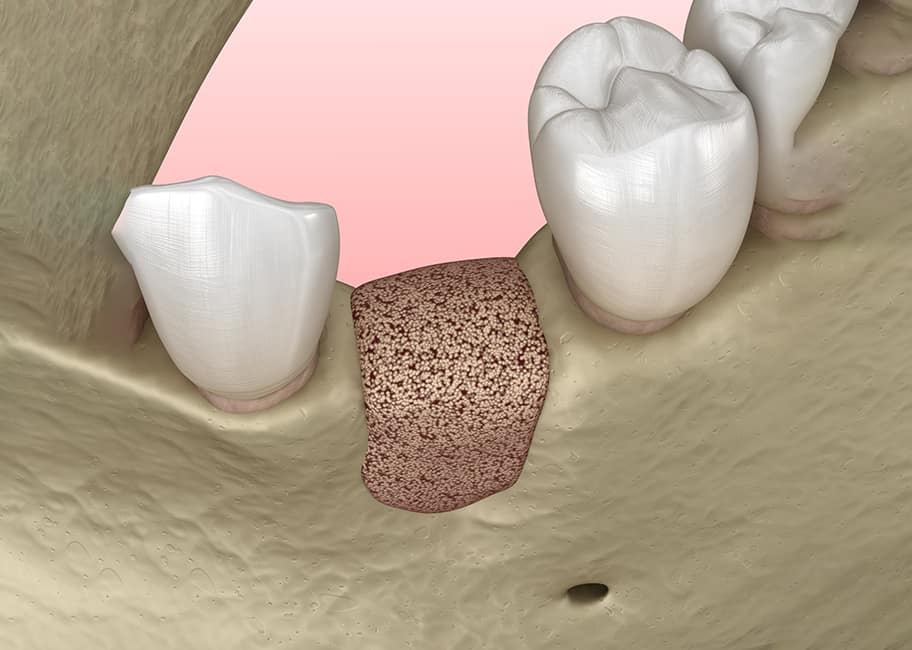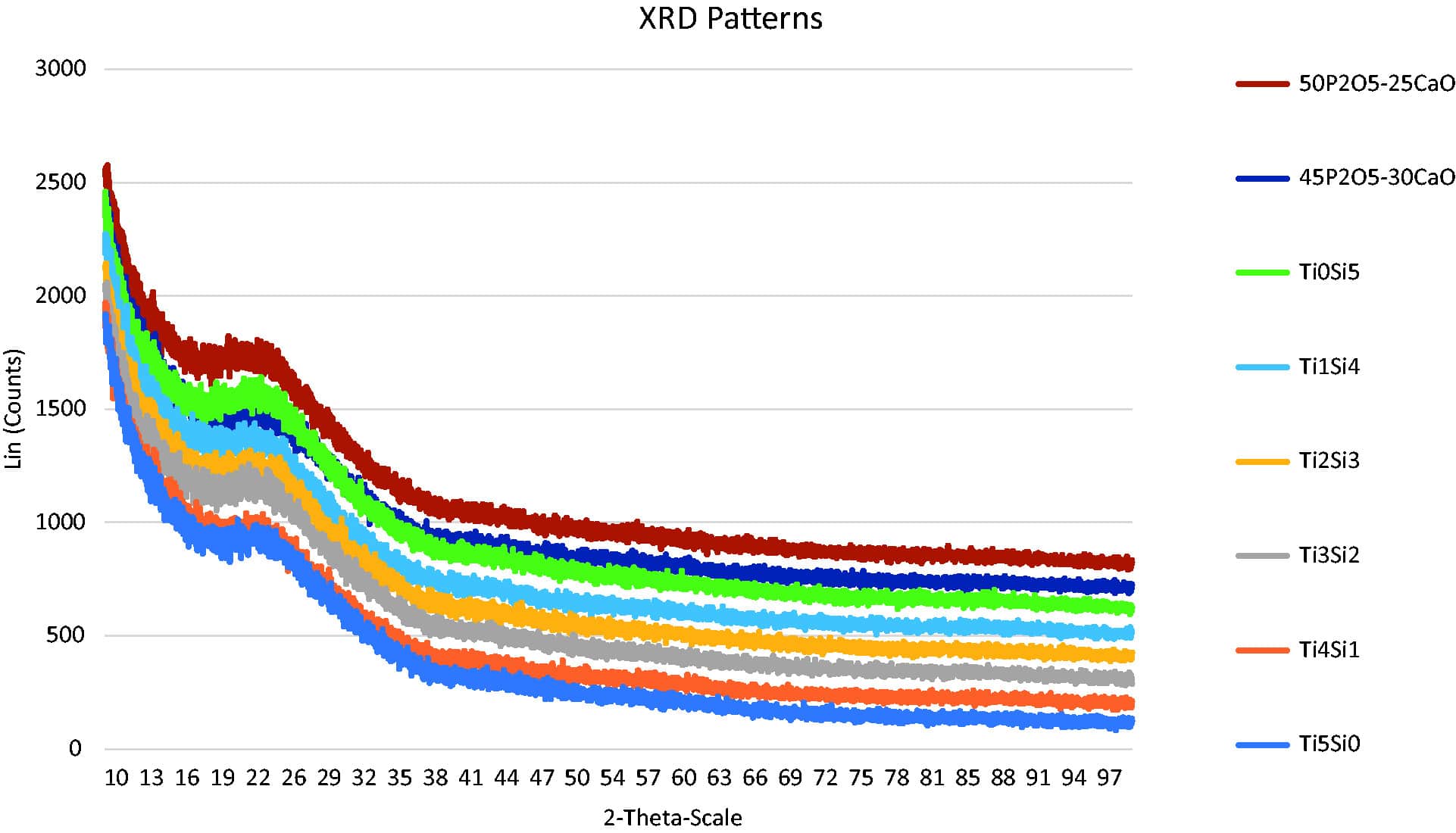
Dec 2 2023 . 5 min

Phosphate glass is emerging as a focal point in the realm of potential bone substitutes, with the ternary composition (P2O5-CaO-Na2O) under scrutiny for its physical attributes and biocompatibility. This study explores the influence of SiO2 and TiO2 doping on these properties, with two distinct groups formulated to delve into the nuances of their impact.
Eight different glass rods of 15 mm diameter were prepared using eight different compositions of sodium dihydrogen phosphate NaH2PO4, calcium carbonate CaCO3, phosphorus pentoxide P2O5, titanium dioxide TiO2, and silicon dioxide SiO2 (BDH, Poole, UK, all chemicals were >98% purity) as shown
This rapid analytical technique was applied to ensure the glasses were fully amorphous and was measured by X-ray diffractometer (D8 Advance Diffractometer, Bruker, Coventry, UK). The specimens were finely ground for 10 min and then positioned in flat plate geometry and (Ni-filtered Cu Kα) radiation was applied. Data were collected using a Lynx Eye detector with a step size of 0.02 over an angular range of 10–100° 2ϑ and a count time of 12 s.
XRD patterns of the glass were measured. The broad peak confirmed the amorphous nature of all glass samples in both groups and indicated the absence of crystalline phases as shown

In the culmination of our study, the substitution of TiO2 for SiO2 showcased an enhancement in the physical properties and biocompatibility of the (P2O5-CaO-Na2O) glass system. Intriguingly, the synergistic effect of doping 5 mol% TiO2 and 5 mol% SiO2 in place of P2O5 and CaO not only controlled the degradation rate but also demonstrated a notable improvement in biological responses. Particularly, the composition 45P2O5–30CaO emerged with promising results, suggesting a compelling avenue for further exploration in the pursuit of advanced bone substitutes.

Dec 2 2023 . 5 min
